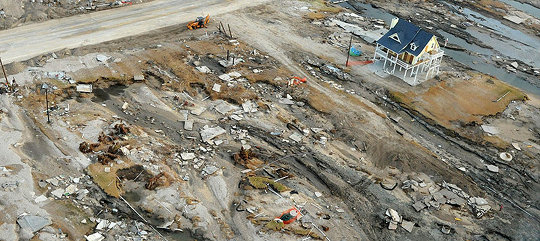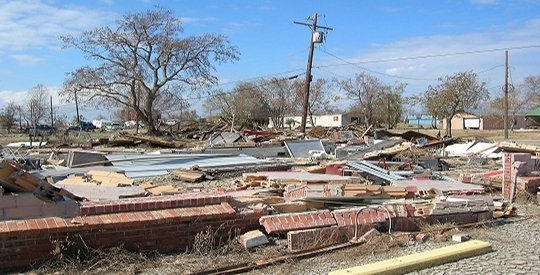As insurance professionals we should be acutely aware that emergencies can and do happen very frequently. Recent storms and power outages have reminded all of us in Texas about how true that is.
It is critical that every agency have a contingency plan to deal with such emergencies. Fortunately, developing a basic plan is not that difficult.
List Your Critical Systems
If you’re like most agencies you need access to:
- phones,
- your agency management system,
- your accounting system,
- email,
- the internet (to access carrier and bank web sites),
- a scanner or fax machine for documentation from clients or to carriers,
- etc.
You may also depend on any number of other systems. Just list them all out.
This doesn’t have to be fancy. It’s much more important to think through everything in advance and be prepared than it is for this to be a fancy, formal process. The end result can even be a simple table that might look something like this:
| System | Location | Vendor Name | Backup | Remote Access? |
|---|---|---|---|---|
| Offsite | Automatic | Yes | ||
| Quickbooks | Mary’s Computer | Intuit | None | No |
| Fax Machine | Onsite | Verizon | Another at Home | After phone number is forwarded |
Review the List
It will probably become very obvious quickly where your weak spots are. If your agency were flooded, or if power were out in your neighborhood, or if a storm prevented anyone from getting to your office, what would you not be able to access? It’s quite likely that just like in the simple example above, the areas that you must fix are very clear.
Plug the Holes
Use backup software. Switch to a laptop the next time you need a new computer in the office. Change systems to one that is hosted for you so that it can be accessed remotely. Change phone companies or upgrade to a Voice-Over-IP system that you can use as if you are in your office from anywhere in the world with an internet connection.
The options are many.
In many cases if you make the changes systematically you’ll actually save money at the same time that you improve your ability to recover from a disaster.
Is it really that easy?
Like anything else worthwhile it takes a little work. But with some advanced planning it can sure make you glad you did it.
How do we know?
We’ve had critical equipment stolen, weather shut down access to the office, and transformers explode. Thanks to automatic continuous backup, data security plans, a Voice-over-IP phone system, offsite hosting of all of our core systems, we didn’t miss a beat.
Do you have a contingency plan for your agency? What is in it that we forgot to mention? Please add your thoughts in the comments below.

